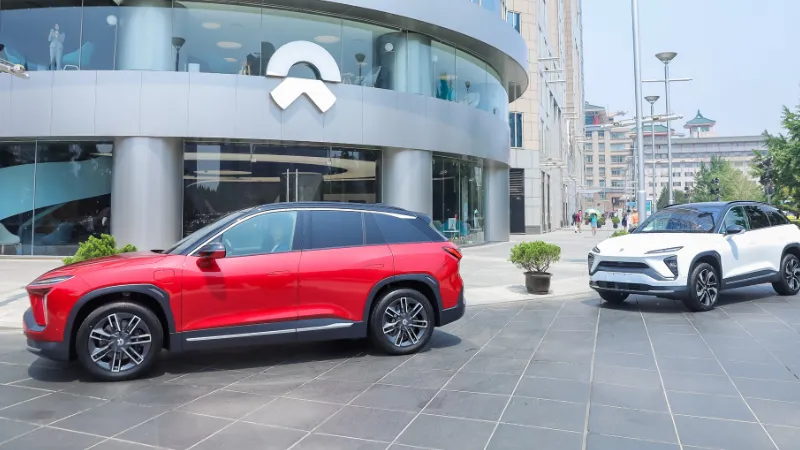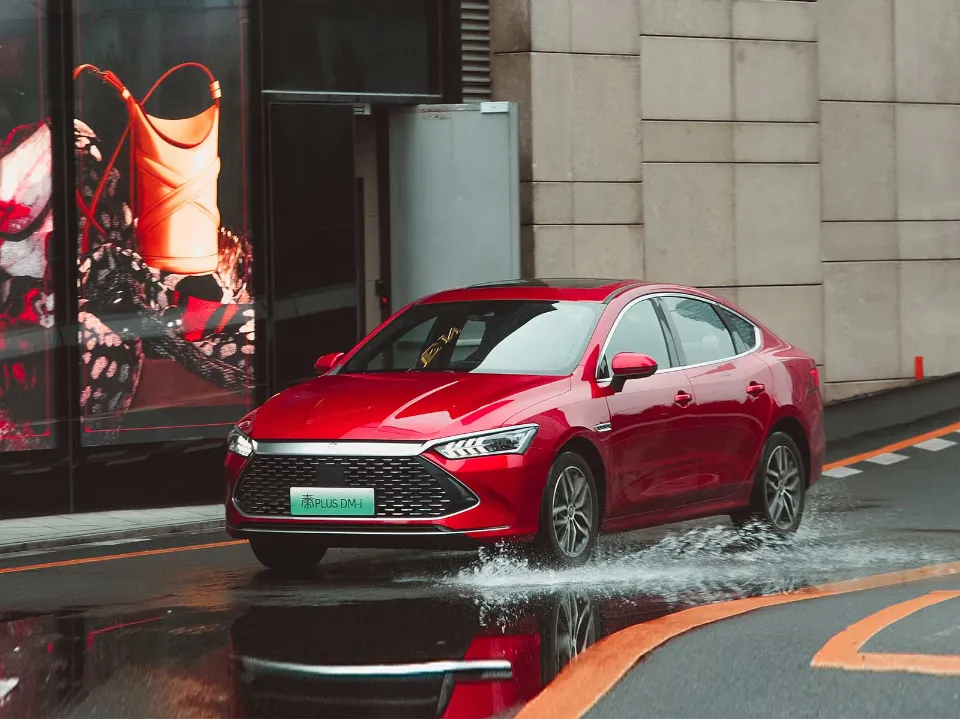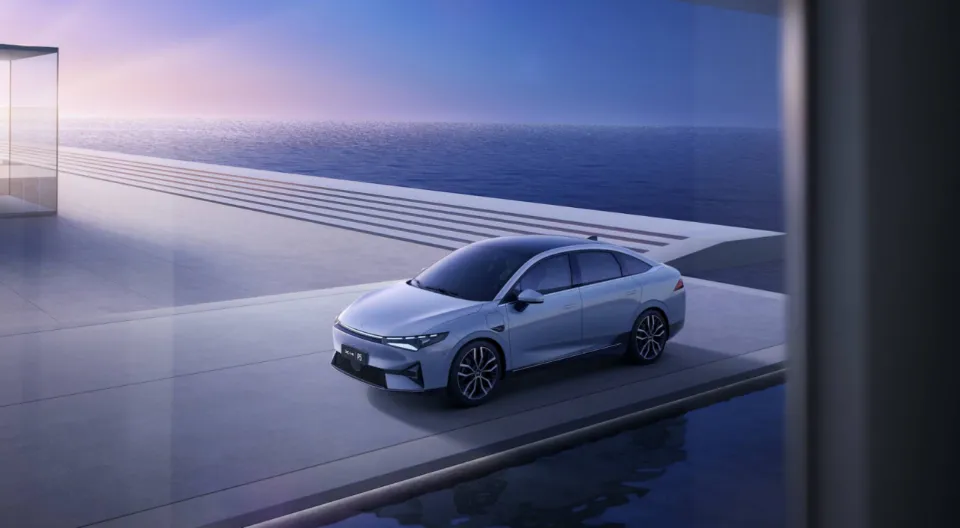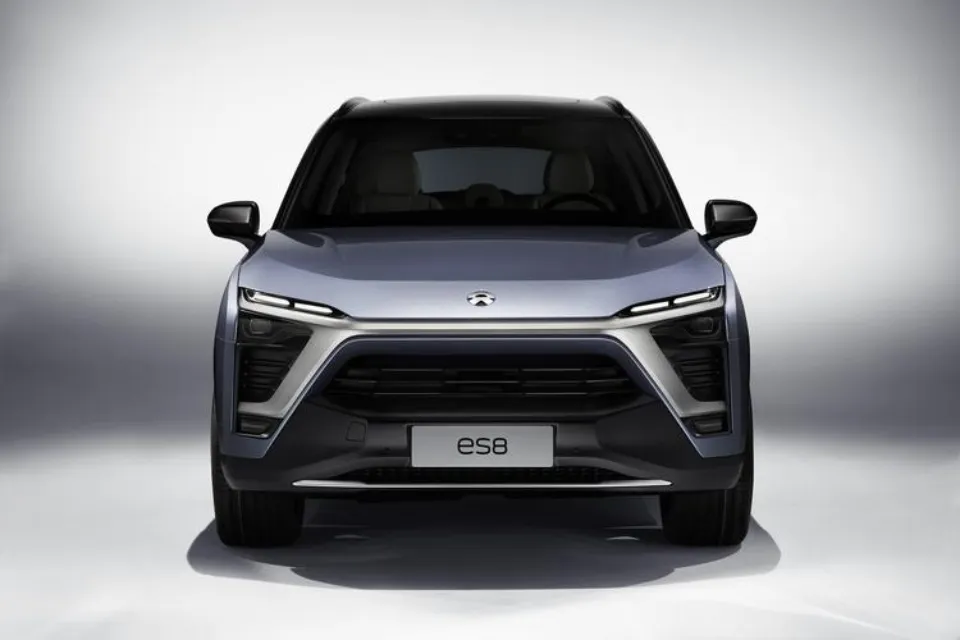With bigger and bigger losses, but lower and lower growth rates, NIO has clearly not yet found its “future” that truly belongs to it.
Recently, NIO disclosed its 2022 financial report. From the financial report data, although NIO’s revenue and delivery volume have achieved substantial growth in 2022, the loss is also further increasing – the loss for the whole year of 2022 is 14.437 billion, an increase of 259.4% year-on-year; Based on the delivery volume of 122486 vehicles last year, NIO will lose an average of 117,800 yuan for each car sold.
In the face of such a bad earnings report, the investors behind NIO also chose to directly “vote with their feet”.
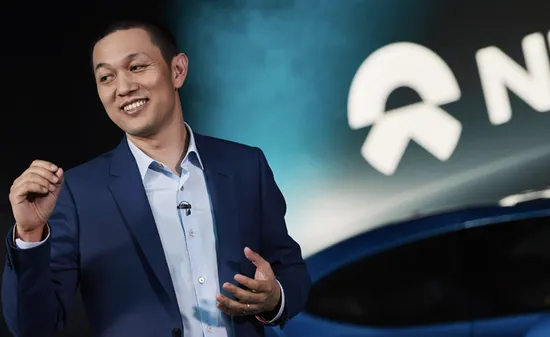
On the first trading day after the financial report was disclosed, NIO’s Hong Kong stock closed down 13.17%, hitting a new low since landing on Hong Kong stocks in March 2022; As of the close of trading on March 6,NIO-SW (72.45, 2.75, 3.94%)Closing at HK$73.9 per share, compared with last year’s highest price of HK$199.2 per share, NIO’s share price has fallen by 60%, and its market value has lost more than HK$210 billion.
As the competition in the new energy vehicle market begins to enter the “second half”, investors pay more attention to profit figures than deliveries and revenue, which may be the reason for NIO’s stock price plummeting. As a car company that has been established for more than 8 years, NIO is now farther and farther away from profitability, coupled with the gradually declining performance growth rate, it is clear that NIO has not yet found its own “future”.
Open high and go low
From its establishment in November 2014 to March 2023, NIO has gone through 8 years.
Among the new forces in car manufacturing, NIO is undoubtedly one of the most qualified and branded new energy vehicle companies, and its founder, Li Bin, is also the founder of China’s first overseas listed automotive Internet company “Easy Car”; Before going public in 2018, NIO raised more than US$2 billion, and many investors included top investment institutions such as Tencent, JD.com, Hillhouse, and HOPU.
In 2018, NIO successfully went public in the United States, raising up to 960 million US dollars, which was the third largest financing scale among Chinese companies that went to the United States to IPO; after listing, although it encountered a capital chain crisis for more than a year, and even once reported bankruptcy, NIO finally obtained the help of Hefei state-owned assets, and after obtaining a strategic investment of 7 billion yuan, it survived the difficulties without risk.
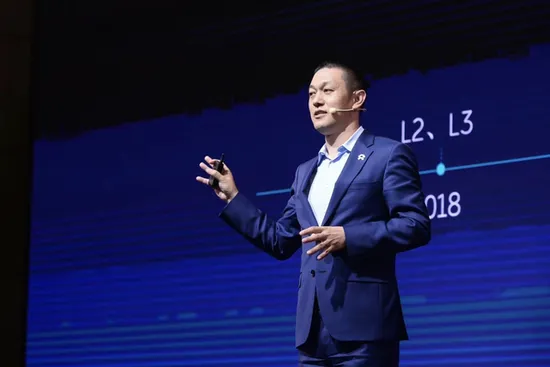
After surviving the crisis, NIO ushered in its own “highlight moment”.
In 2020, NIO’s total deliveries reached 43,728 units, a year-on-year increase of 112.6%, which was the sales champion of the new automakers that year. In terms of stock prices, NIO, which is listed on the US stock market, rose from the lowest about $3 to the highest of $66.99, and the stock price rose more than 20 times in one year.
However, NIO’s “brilliance” is very short-lived, and in 2021, this former “first brother” has gradually fallen behind.
From the delivery data, although it became the sales champion of the new force of car manufacturing in 2020, the position of the sales champion has not yet sat hot, and it was surpassed by Xpeng Motors in 2021, and the delivery volume that year lagged behind Xpeng Motors by nearly 7,000 units; In 2022, NIO’s ranking continued to decline, and finally ranked fourth with sales of 122,400, behind GAC Aion, Nezha and Lili.
As for the reasons why NIO fell behind, it actually has a lot to do with its strategy. NIO has always positioned itself as a high-end brand and directly benchmarked BBA. However, the new energy vehicle market is a “pyramid” market, the higher the price of the product, the fewer consumers corresponding to it, which is one of the important reasons why NIO will open high and go low and growth is weak.
In addition, it is not easy to do well in the high-end market.Unlike the cost-effective strategy that relies on simple “stacking volume” and price reduction, the high-end strategy emphasizes the quality of products and services, especially in terms of service, according to the media, NIO even has special community maintenance, and the car can be reflected and dealt with in the community when encountering problems, which has also led to NIO’s operating expenses have been high.
As one of the three major new forces in car manufacturing, NIO once stood out with its high-end positioning, but the “high-end” strategy of high unit price and heavy service also became a shackle for NIO in the later period, dragging down NIO’s development.
A huge loss of 14.4 billion
In addition to gradually “falling behind”, unstoppable losses are also a major problem facing NIO.
On March 1, NIO disclosed its 2022 financial report. From the financial report data, although NIO’s revenue in 2022 reached 49.269 billion, a year-on-year increase of 36.3%, and the annual delivery volume also reached 122,400 vehicles, successfully breaking through the 100,000 mark, but the annual loss was 14.4 billion, a year-on-year expansion of 259.4%, which is undoubtedly more “dazzling”.
In addition, NIO’s operating income in the fourth quarter was 16.06 billion yuan, less than the market expectation of 17.1 billion yuan, an increase of 62.2% year-on-year and 23.5% month-on-month, showing a gradual decline in growth rate. In terms of gross profit, NIO’s gross profit margin in 2022 is only 10.4%, almost half compared with 18.9% in the same period last year; The gross profit margin in the fourth quarter was only a measly 3.9%, and the profit margin continued to decrease.
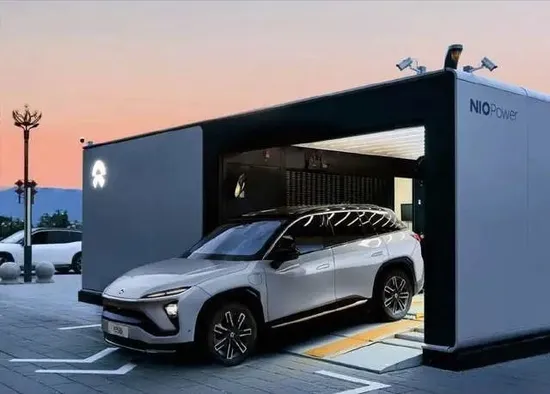
As for the reasons for the sharp decline in gross margin, Qu Yu, senior vice president of finance at NIO, explained: “This is mainly due to the loss of inventory provisions and procurement commitments of the old 866 model in the fourth quarter of 985 million yuan, and the gross profit margin of the vehicle in the fourth quarter of last year was 13.5% after excluding the impact of this aspect.” However, even with a gross margin of 13.5%, this figure is still relatively low.
In fact, the reason why NIO’s performance has “huge losses” is mainly due to high R&D expenses and sales expenses.
According to financial report data, NIO’s R&D expenses in 2022 will be as high as 10.836 billion, while in 2021, its R&D expenses will be only 4.592 billion, a year-on-year increase of 135.97%.Although it is a good thing to continue to invest in research and development, it is even a leader in comparisonBYD (221.8, 4.40, 2.02%), its R&D expenses in the first three quarters of 2022 were only 10.87 billion, and NIO’s R&D expenses were too high.
In terms of marketing, sales and management expenses, NIO’s expenses in this item reached 10.537 billion yuan in 2022, and 6.878 billion yuan in 2021, a year-on-year increase of 53.19%; In the first three quarters of 2022, BYD’s sales expenses were 9.556 billion, which is only about 2 billion higher than NIO’s sales expenses of 13 billion yuan.
As NIO implements a high-end strategy of battery swapping technology and better service experience for customers, with the further increase in NIO’s car sales, NIO will need to build more and more power exchange stations, and the number of users who need services in the later period will gradually increase, which will also lead to NIO’s sales expenses and R&D expenses will be difficult to significantly reduce in the short term.
At the results disclosure meeting, although the loss continued to expand, Li Bin was still optimistic that “if the price of raw materials declines according to the current trend, and we do not consider the investment of innovative business, we may still achieve profitability in Q4 this year” However, from the current trend, NIO’s desire to make a profit is obviously only a “possibility”.
Where is NIO’s “future”?
At present, in addition to gaining a foothold in the high-end market, NIO has not had many achievements.
According to the retail data of China Automotive Center, NIO ranks first in China’s high-end electric vehicle market with a transaction price of more than 300,000 yuan, with a market share of 54.8%, and a market share of 75.8% in the high-end electric vehicle market with a transaction price of more than 400,000. Li Bin stressed at the results conference that it is clear that this is already the most important hole card for NIO at present.
54.8%、75.8%, these two sets of share data are not bad, but in the above content mentioned that the new energy vehicle market is a “pyramid” type market, the higher the price of the product, the fewer consumers corresponding to it, and the market share of more than 300,000 and more than 400,000 high-end electric vehicles accounts for more than 50%, which means that there is not much room for NIO’s further development.
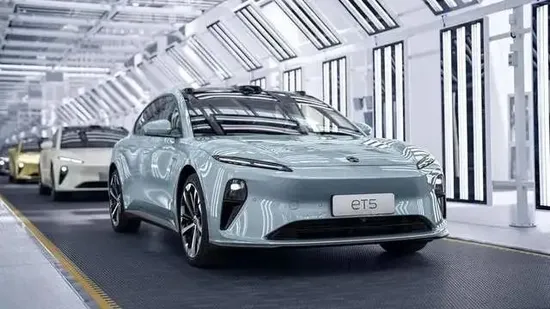
Of course, NIO is also aware of this problem, and its NIO ET5 launched in December 2021 is precisely to grab the market downward. However, perhaps for reasons to protect the brand positioning, the lowest price of ET5 of 328,000 has not dropped to the range below 300,000, and although this car is highly expected by Li Bin, it is now unable to reach its target of 10,000 vehicles per month.
In addition to being trapped in the high-end market, more and more car companies have begun to high-end, which is not good news for NIO.
With the intensification of competition in the new energy market, in addition to the price war, major car companies have also begun to focus on high-end models, such as the traditional car company BYD has launched a high-end brand “Yang”, its stunning “easy four-square” technology, is not NIO these new forces can compare, and with these traditional car companies to high-end, NIO’s living space will be compressed step by step.
Of course, in terms of capital markets, the falling stock prices also reflect investors’ unfavorable attitude towards NIO.
According to NIO-SW, which is listed on Hong Kong stocks, on the first trading day after the financial report was disclosed, the Hong Kong-listed NIO-SW closed down 13.17%; As of the close of trading on March 6, NIO-SW closed at HK$73.9 per share, compared with last year’s highest price of HK$199.2 per share, NIO’s share price has fallen by 60%, and its market value has lost more than HK$210 billion.
From the current point of view, NIO is facing multiple problems such as increased losses, market contraction, and intensified competition, and as one of the few new car companies focusing on high-end positioning, NIO is still struggling to find its “future”.
Source: 新浪财经

